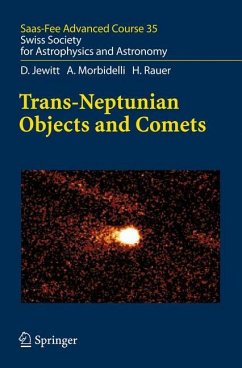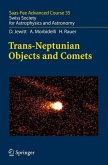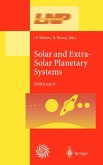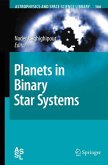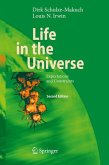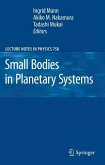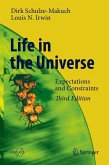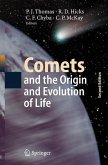The study of the Solar system, particularly of its newly discovered outer parts, is one of the hottest topics in modern astrophysics with great potential for revealing fundamental clues about the origin of planets and even the emergence of life. The three lecturers of the 35th Saas-Fee Advanced Course, which have been updated and collected in this volume, cover the field from observational, theoretical and numerical perspectives.
In the last two decades of the 20th century, we obtained our first detailed look at a cometary nucleus and detected objects in the Kuiper-Edgeworth Belt for the first time. These two observations have resulted in a major leap forward in our understanding of small bodies in our Solar System. Combined with powerful new approaches to the study of Solar System dynamics, progress within the last 20 years has been staggering. This book attempts to synthesize these new findings in a manner which is readable for new graduate students in the field.
In the last two decades of the 20th century, we obtained our first detailed look at a cometary nucleus and detected objects in the Kuiper-Edgeworth Belt for the first time. These two observations have resulted in a major leap forward in our understanding of small bodies in our Solar System. Combined with powerful new approaches to the study of Solar System dynamics, progress within the last 20 years has been staggering. This book attempts to synthesize these new findings in a manner which is readable for new graduate students in the field.

